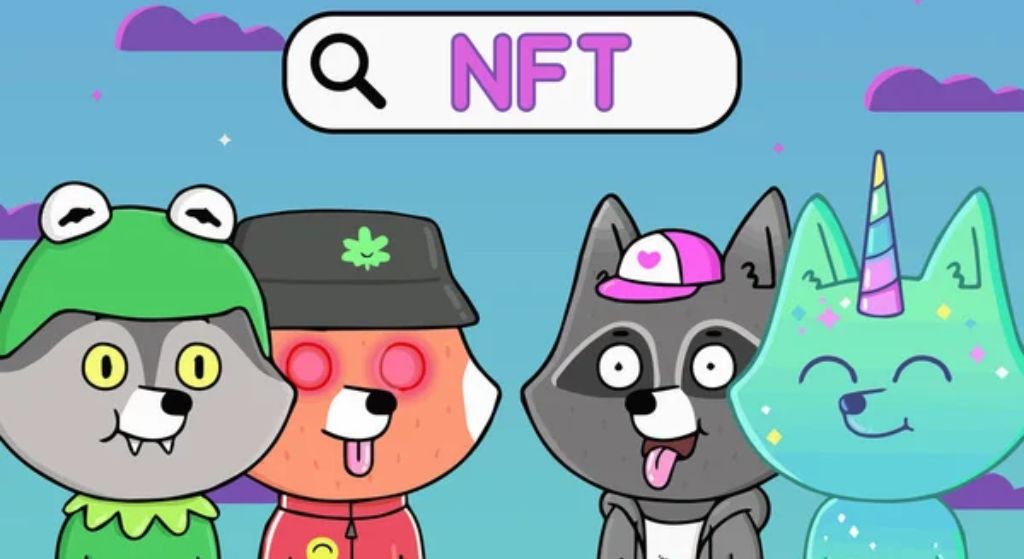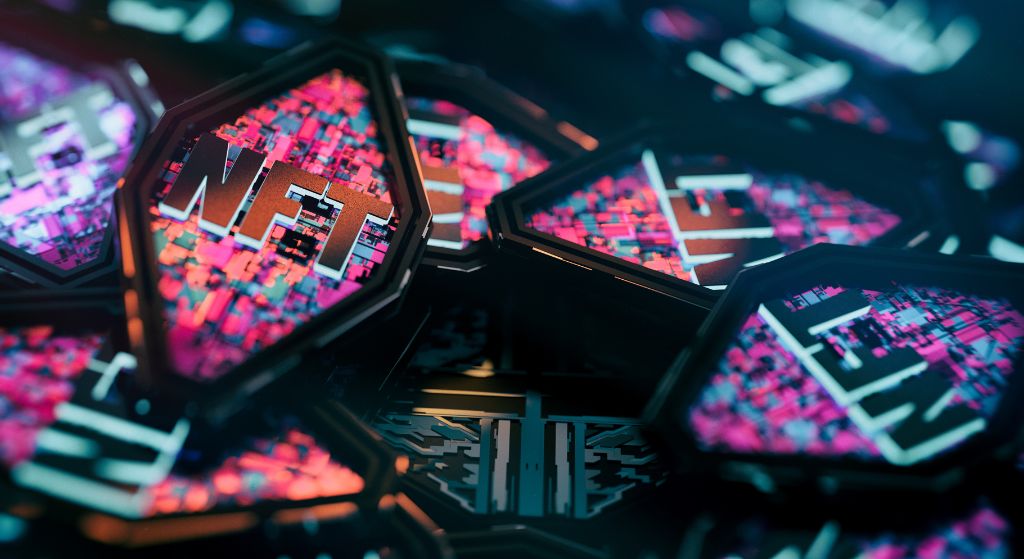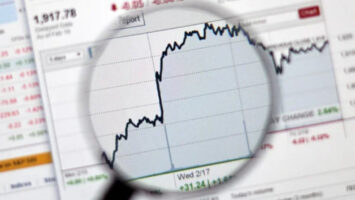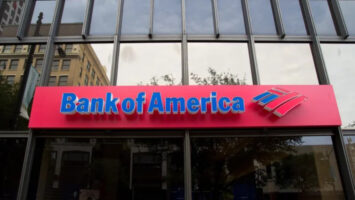The world of collectibles has been greatly impacted by the rise of non-fungible tokens (NFTs). These digital assets, stored on a blockchain, have revolutionized the way people collect and trade items ranging from digital art to sports memorabilia. However, the adoption of NFTs for collectibles is not without its challenges. In this article, we will explore the trends and challenges surrounding NFTs in the collectibles market.
The Rise of NFTs in the Collectibles Market

The popularity of NFTs can be attributed to their uniqueness and the ability to verify ownership and authenticity. Collectors can now own a piece of digital art or a rare sports card that is one-of-a-kind and digitally authenticated on a blockchain. NFTs have opened up a new world of possibilities for collectors and artists alike, creating a decentralized and transparent marketplace.
One of the most significant trends in NFT collectibles is the growth of the market. In the first quarter of 2021, NFT sales reached a record high of $2 billion, which is more than the entire volume of NFT sales in 2020. More and more people are investing in NFTs, resulting in an increase in value for many collectibles. NFTs have created new opportunities for artists and collectors to profit from their work.
Overcoming Challenges in the Adoption of NFTs for Collectibles

Despite the benefits of NFTs, there are challenges to their adoption in the collectibles market. One of the biggest challenges is the lack of standardization and regulation. The marketplace is still largely unregulated, which makes it difficult for collectors to know what they are buying. There have been instances where artists have been accused of selling NFTs of art that they did not create, or that were already sold to someone else.
Another challenge is the environmental impact of NFTs. The energy consumption required to mint and trade NFTs has been criticized by environmentalists. The carbon footprint of an NFT sale has been compared to that of a transatlantic flight. However, some platforms are exploring ways to reduce the environmental impact of NFTs, such as using renewable energy sources.
Overall, NFTs have changed the way we think about collectibles. They have created new opportunities for artists and collectors, but also present challenges that must be addressed as the market continues to grow.
The potential of NFTs in the collectibles market is vast, but it is important to address the challenges that come with the adoption of new technology. As the market continues to evolve, we can expect to see more standardization and regulation, as well as efforts to reduce the environmental impact of NFTs. The future of collectibles is digital, and NFTs are leading the way.
Ainu Token aims to offer impartial and trustworthy information on cryptocurrency, finance, trading, and shares. However, we don't provide financial advice and recommend users to conduct their own studies and thorough checks.



Comments (No)